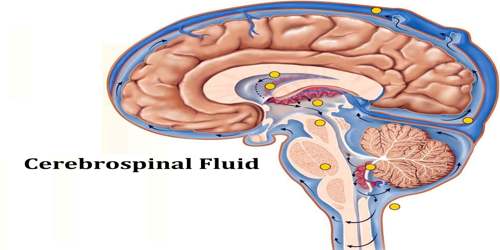

The majority of these cases are often diagnosed before birth, at the time of delivery or in early childhood. According to the National Institute of Neurological Disorders and Stroke (NINDS), hydrocephalus is believed to affect approximately one to two in every 1,000 children born in the U.S.

Hydrocephalus can occur at any age, but is most common in infants and adults age 60 and older. The accumulation of CSF occurs due to either an increase in production of the fluid, a decrease in its rate of absorption or from a condition that blocks its normal flow through the ventricular system. When CSF builds up around the brain, it can create harmful pressures on the tissues of the brain confined within the skull. CSF is in constant circulation within the ventricles of the brain and serves many crucial functions: 1) it acts as a "shock absorber" for the brain and spinal cord 2) it acts as a vehicle for delivering nutrients to the brain and removing waste from it and 3) it flows between the cranium and spine to regulate changes in pressure. Although it translates as "water on the brain," the word actually refers to the buildup of cerebrospinal fluid, a clear organic liquid that surrounds the brain and spinal cord. The term hydrocephalus is derived from the Greek words "hydro" meaning water and "cephalus" meaning the head. Hydrocephalus is a condition in which excess cerebrospinal fluid (CSF) builds up within the fluid-containing cavities or ventricles of the brain.


 0 kommentar(er)
0 kommentar(er)
